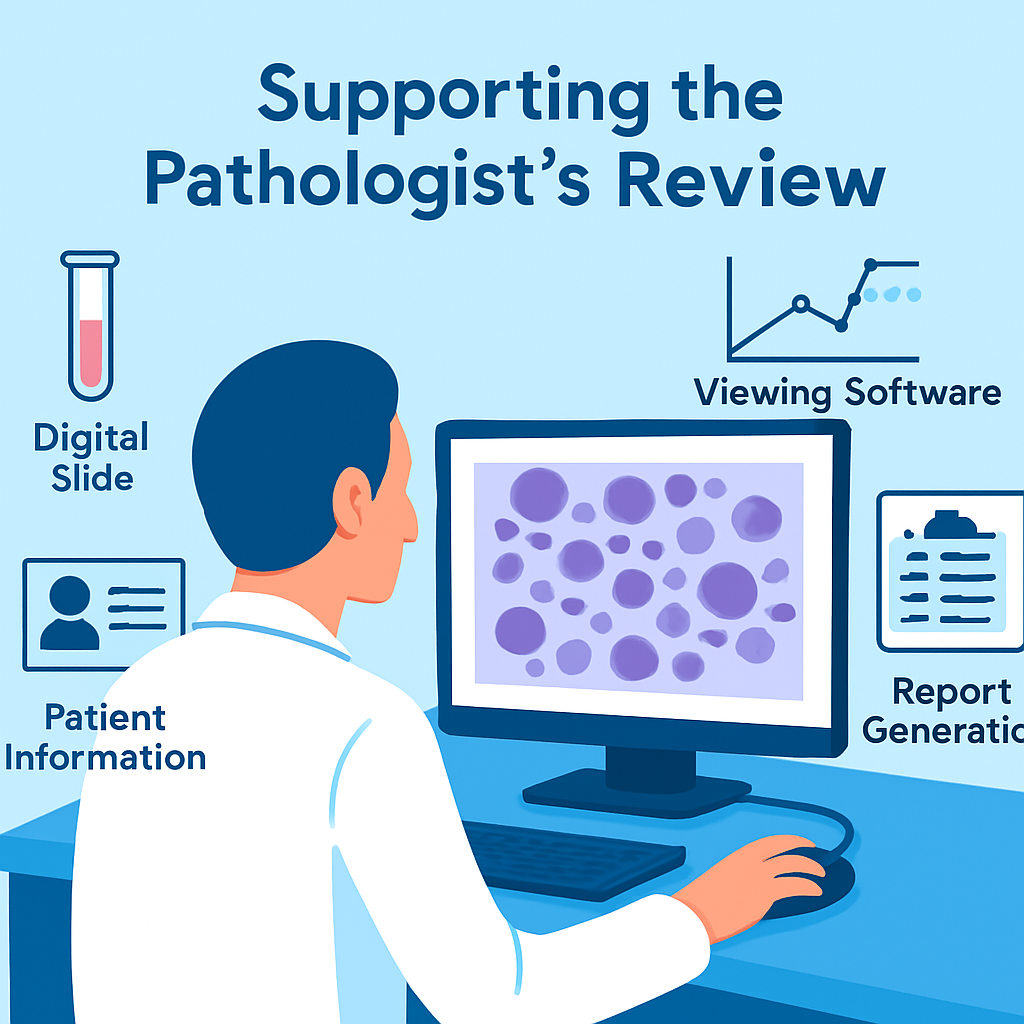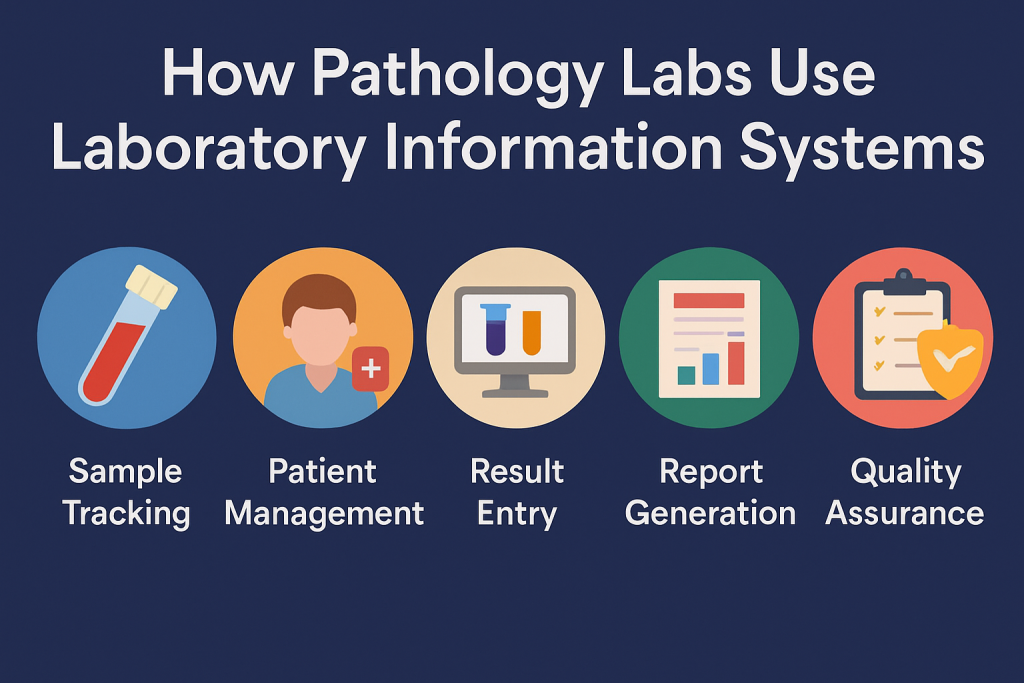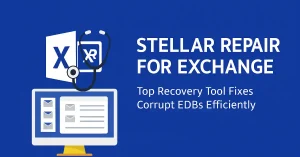Pathology labs handle some of the most sensitive and complex diagnostic work in healthcare. Every day, these labs manage hundreds or thousands of tissue and fluid samples, trying to produce accurate diagnoses as quickly as possible. There’s very little room for error, and even less time to waste. That’s where Laboratory Information Systems come in.
A Laboratory Information System, or LIS, is more than just software. It becomes the core of a pathology lab’s operations. It tracks specimens, organizes workflow, stores test results, helps with billing, and keeps everything moving in a controlled, traceable way. Without a system like this in place, lab teams would struggle to meet the demands of modern healthcare.
Getting Samples into the System
It starts the moment a sample arrives. Whether it’s a biopsy from surgery or a Pap smear from a clinic, the first thing a lab tech does is log it into the LIS. This process is called accessioning. Each sample gets a unique ID, and from that point forward, everything done to that sample is recorded and connected to that ID.
The LIS takes in patient information, ordering physician details, test type, and clinical history. Some systems connect directly to hospital records, so the data syncs automatically. Others rely on lab staff to enter the details manually, though barcode scanning has helped reduce typing errors.
Once the sample is in the system, it becomes part of the lab’s active workload. Staff can see where it is, what’s been done to it, and who’s handled it. The system can also flag priority cases or overdue work.
Managing Histology Workflows
A large number of pathology samples go through histology. That means they’re embedded in paraffin, sliced into thin sections, placed on slides, and stained so they can be reviewed under a microscope. This process involves multiple steps, each requiring precision and documentation.
The LIS keeps track of each of those steps. It generates worklists for histotechnologists. It logs when slides are prepared and stained. It notes when a case is ready for review. If something gets held up in this part of the process, lab managers can see it in the system and intervene.
Many labs use barcodes to track cassettes and slides through each step. The LIS updates automatically when a barcode is scanned, which reduces the risk of losing or mislabeling material. It also ensures a complete chain of custody for each sample.
Supporting the Pathologist’s Review
Once the slides are ready, they’re sent to a pathologist for review. In the past, this meant pulling physical folders, flipping through paperwork, and using a microscope. Today, the LIS presents the case digitally. All the clinical information, lab notes, and prior results appear in one place.

In labs using digital pathology, the LIS connects to the slide imaging system. This means the pathologist can click into the case and immediately start reviewing digital images. The LIS supports annotations, comparisons, and shared access if a second opinion is needed.
The pathologist’s findings are directly entered into the system. Many LIS platforms offer structured reporting, where dropdowns and templates guide the process. Others allow free-text entry. Either way, the LIS maintains a connection between the original specimen ID and the diagnosis, thereby linking the two.
Generating Reports and Sending Results
After a diagnosis is made, a report needs to go out. That report might go to the ordering physician, to a hospital EMR, or to another department. The LIS handles this by compiling the data, formatting the report, and distributing it through the correct channels.
Some reports go out immediately. Others require sign-off from multiple team members. The LIS can track this and send reminders if a report is waiting for review. Once the report is finalized, it’s stored in the system with a timestamp and version history.
Clinics and hospitals can log into a portal to retrieve results, or they receive them via secure electronic interfaces. The LIS tracks who accessed the report and when. This is important for legal and compliance reasons, especially if a result is ever questioned.
Helping with Billing and Coding
Billing is a complicated part of pathology work. Different procedures require different codes. Some tests get bundled. Others must be itemized. The LIS helps by connecting case data to billing codes automatically. This ensures that each case is billed accurately and reduces time spent manually reviewing charts.
The system can flag missing documentation or inconsistencies before the claim is submitted. This reduces rejected claims and speeds up reimbursement. In labs that bill multiple insurance providers, the LIS keeps rules for each one and applies them accordingly.
Staying Compliant
Pathology labs are heavily regulated. They have to maintain strict quality control, protect patient data, and document every part of the testing process. A good LIS helps by storing logs, tracking quality checks, and generating reports for inspections.
The system controls who can access sensitive data. It logs every action by every user. If something goes wrong or a question arises, the lab can go back and see exactly what happened. This level of traceability is essential for CLIA, CAP, and HIPAA compliance.
Auditors often ask for records that show who processed a case, what instruments were used, and when each step was completed. The LIS provides this in seconds. Without it, lab staff would spend hours digging through files.
Monitoring Performance and Workload
Lab managers use the LIS to see what’s happening in real time. They can monitor turnaround times, pending cases, and productivity. If one department is falling behind or if a backlog is forming, the data helps them adjust staffing or shift priorities.
The system can also generate long-term reports. These show trends in volume, errors, and workload by staff member. Labs use this data to justify hiring, evaluate efficiency, and plan for expansion.
Some systems even include dashboards that update automatically throughout the day. Managers can walk into the lab, glance at the screen, and know where things stand.
Supporting Multisite and Remote Collaboration
Many pathology labs now operate across multiple locations. A single system might serve a main lab, several satellite clinics, and a remote pathologist working from home. The LIS ties all of these together.
Samples from different locations are tracked in one database. Pathologists in other time zones can log in and review cases without waiting for shipments. This is especially useful for small hospitals that don’t have a full pathology department on site.
The LIS makes it possible to send cases, share notes, and coordinate reviews from anywhere. It also maintains clear records of who accessed what, which keeps data secure and workflows accountable.
Helping with Research and Education
In academic settings, the LIS supports more than just clinical work. It’s used to organize teaching cases, build slide libraries, and identify research material. Cases can be de-identified and grouped by diagnosis, tissue type, or staining method.
Faculty can use the system to create quizzes, build case sets, or track student performance. Researchers can pull data for studies on diagnostic accuracy, test usage, or pathology trends.
The LIS makes it easier to find patterns in large sets of cases. This is valuable not just for education, but for improving patient care overall.
Conclusion
Pathology labs depend on Laboratory Information Systems to keep their work accurate, efficient, and legally sound. From the moment a sample enters the lab to the time a report is sent, the LIS is involved in every step. It tracks data, routes tasks, protects patient information, and ensures nothing gets missed.
Without these systems, labs would struggle to meet the volume and complexity of modern diagnostic demands. Whether it’s helping a technician track a cassette or allowing a pathologist to diagnose from a digital slide, the LIS is an essential part of how pathology labs work today.





